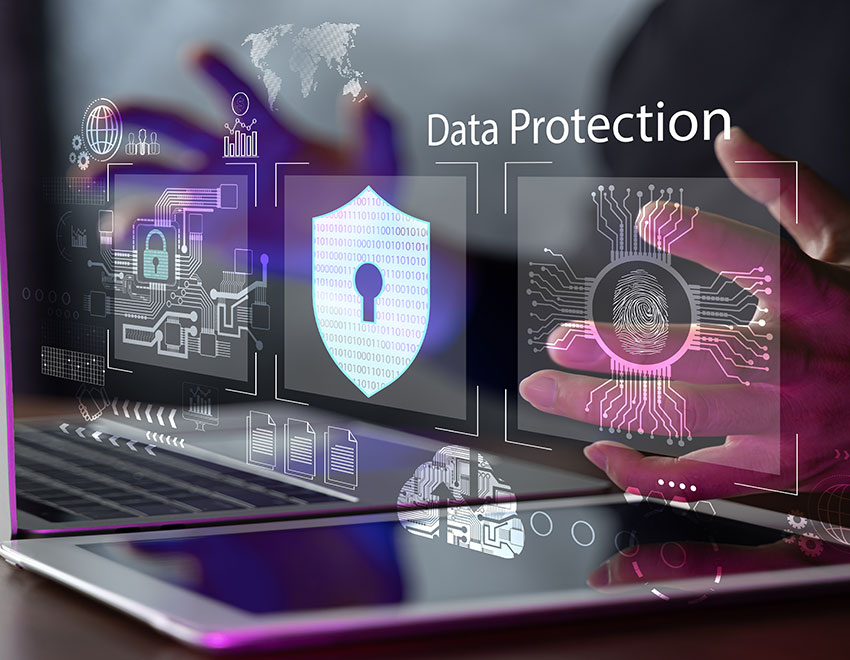Essential Strategies for Comprehensive Data Protection in the Digital Age
In today's digital world, protecting data is more important than ever. With increasing threats from cyber attackers, it's essential to have a strong strategy to keep your data safe. This includes having backups, disaster recovery (DR), and cyber recovery plans. These practices work together to ensure your data is secure.
Organizations can't ignore data protection. It helps prevent damage to their reputation, financial losses, data breaches, and downtime. It also helps them recover lost or stolen data and stay compliant with regulations.
Considering Cyber Recovery
Data theft is a major focus of malware, with many attacks aimed at stealing passwords and logging keystrokes. This highlights the need for strong data protection measures. The speed at which an organization can recover after an attack or disruption is crucial. Longer downtimes lead to greater losses, so quick recovery is a top priority.
Here's how backup, disaster recovery, and cyber recovery are different:
- Backup : This is the most basic form of data protection. It involves making copies of data and storing them in a safe place. Backups help restore data to its original state if it gets lost or damaged.
- Disaster Recovery (DR) : DR involves plans and procedures to quickly restore IT services and data after a disruption. It's designed to recover critical systems with minimal data loss. Regular testing and clear roles are key to a strong DR plan.
- Cyber Recovery (CR) : CR focuses on recovering from cyberattacks. It works alongside backups and DR to prevent data loss and downtime from cyber threats. Speed of recovery is critical in CR to minimize damage.
Understanding the differences between these practices is important. Backups provide long-term data storage and compliance, but they can't match the quick recovery times needed for DR. A strong DR plan is essential for recovering critical systems quickly. Meanwhile, CR ensures recovery from cyberattacks, maintaining business operations despite ongoing threats.
Technologies like AI/ML, blockchain, and quantum computing are improving data protection and helping defend against evolving threats. Staying updated with the latest technologies and best practices is crucial for effective data protection.
In summary, backups, disaster recovery, and cyber recovery are all vital parts of a comprehensive data protection strategy. Each serves a different purpose, and all are necessary to protect against data loss and downtime. Don't wait until it's too late; take action now to secure your data and infrastructure.

